Today, the market for garden crops is striking in its diversity. Pepper alone has about 2,000 varieties, the bulk of which are sweet species. Bell pepper is easy to grow in our area, but caring for the crop depends on many factors.
Since varieties are early, mid-ripening and late-ripening, each gardener chooses the one whose crop he wants to receive on time. After all, the time of sowing and planting seedlings mainly depends on the climate. It is not difficult to choose the best and most productive varieties of seeds of bell pepper for growing in the open ground, this will help the experience of specialists and feedback from gardeners.
Content
The best varieties of seeds of bell pepper for open ground
All varieties of sweet pepper ripening conditionally divided into 3 groups. Distinguish between early, mid-ripening and late varieties.
Early
Among the ripe peppers, the following crops should be noted:
- Lumina - compact bushes up to half a meter in height. They are distinguished by their endurance to adverse weather conditions, resistance to a number of known diseases of pepper. From 1 m², you can collect up to 8 kg of vegetables. The fruits are classic conical, red. The wall width is from 5 to 7 mm, the mass of the fetus is about 140 g.
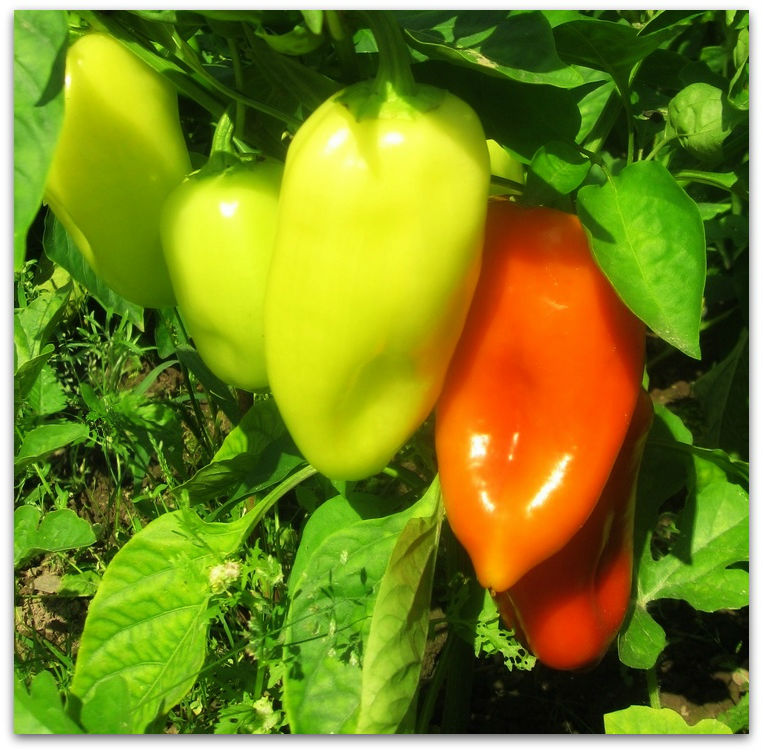
Lumina - Bull - Strong low bushes, resistant to weather changes. The fruits are quite large: the mass of one pepper reaches 300 g. They have a cuboid shape and thick fleshy walls. At maturity, peppers acquire a rich lemon color with a pearl shimmer.
- Big Dad - medium-tall, but very spreading bushes. The hybrid is characterized by disease resistance and good yield. Fruits are conical, purple-violet. The pulp is juicy, sweet, gives a pleasant pepper aroma.
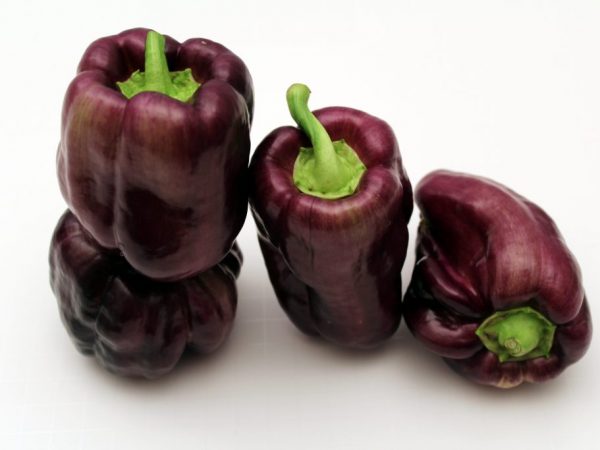
Big Dad - Star of the East F1 - a large-fruited hybrid with a great aroma and excellent taste. Peppers have a prismatic shape. The skin is thin, glossy. The thickness of the pulp reaches 1 cm. The color of the fruit is represented by saturated shades of red, yellow, light orange, purple and chocolate.
Mid-season
The following are considered the best mid-season peppers:
- Gift of Moldova - thick leafy medium-sized peppers, characterized by high productivity. The fruits are drooping. They have a conical shape and a dark red color in maturity. The mass of one pepper reaches 150 g. The gift of Moldova is unpretentious. Its representatives have good immunity.
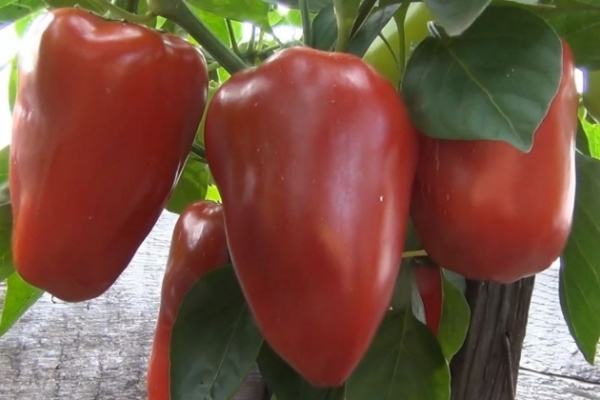
Gift of Moldova - Ilya Muromets - standard mid-sized bushes. The fruits are very large, weighing up to 300 g, the surface is glossy, there is no transverse ribbing. The wall thickness of the fruit is 0.5 cm. As the fruit ripens, their color changes from green to red. The variety is resistant to infectious diseases, accompanied by wilting.
- Thick bag. On low bushes, up to 15 ovaries are formed, which indicates a high fruitfulness of the variety. The peppers are large, truncated-conical. The wall thickness is 0.8 cm. The surface of the fruit is glossy, bright red.
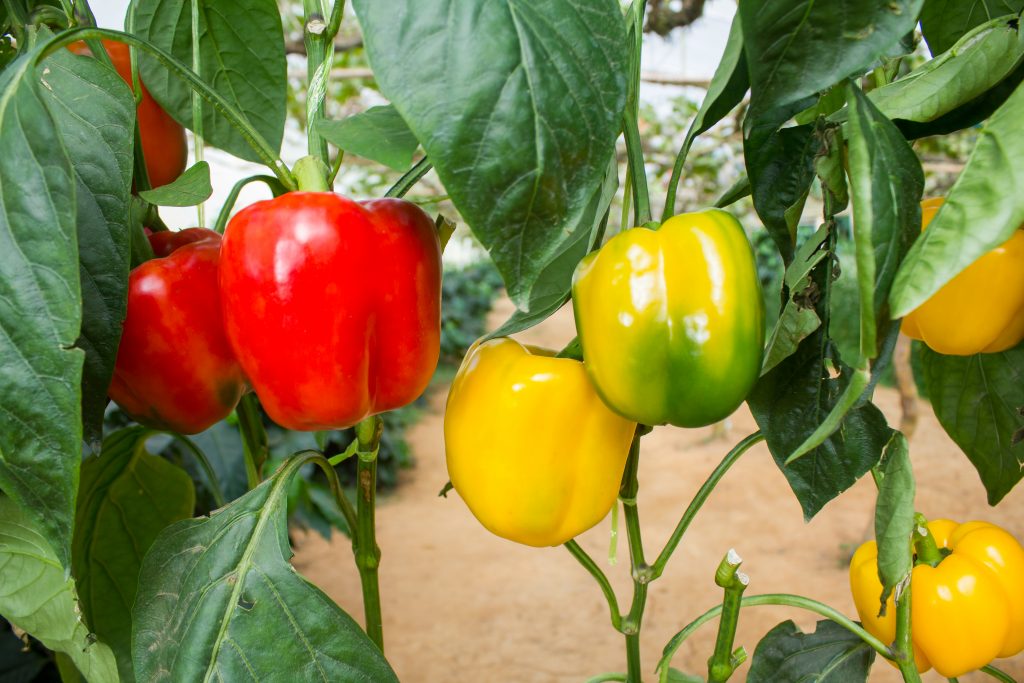
Fat toss - Yaroslav - semi-compact compact plants. Average yield: 1.5-2 kg per 1 m². Peppers are small, weighing up to 100 g.They have a flat-rounded shape and a slightly ribbed surface. Ripe fruits are painted in rich yellow. Representatives of the variety are resistant to some types of rot and verticillin wilt.
Late ripening
Among the best late-ripening varieties, it is worth highlighting:
- The black cardinal is a medium-sized stump plant with drooping fruits. The variety is distinguished by good yield and high taste qualities of the fruit. The cones are medium-sized conical. The thickness of the pulp is 4.5-5 mm. The fruits have a deep dark purple color.
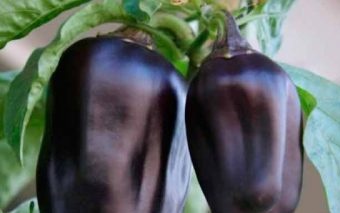
Black cardinal - Tenderness - tall, sprawling bushes reaching one and a half meters in height. Ripe fruits are painted in a rich shade of red. They are presented in the form of a truncated cone with a blunt apex. A thick juicy pulp is hidden under the delicate skin. The fruits of this variety grow to 100 g.
- Hercules - semi-spreading mid-sized plants with drooping fruits. The variety is highly resistant to fusarium and late blight. The fruiting level is high. The peppers are large, thick-walled. The fruits are cuboid, glossy. As they mature, their color changes from dark green to cherry red.
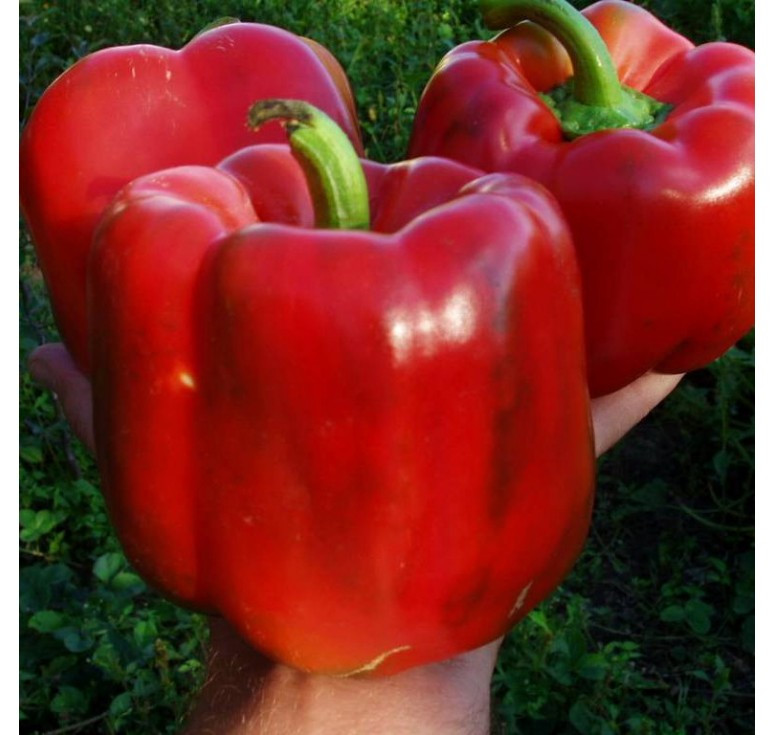
Hercules
The most suitable varieties of sweet pepper for various regions of Russia
A good harvest largely depends on the climatic characteristics of the region where the plants are grown. Wrong choice of variety is fraught not only with low fruitfulness, but also with a complete absence of ovaries.
For Voronezh region
The Voronezh region is characterized by a temperate continental climate. Forest steppes prevail on its territory. But the main value of the region is fertile black soil, which occupies the bulk of the Voronezh region. This soil allows you to grow a large number of different varieties of bell pepper.
The following plant species are considered most suitable:
- Boyarin is an early ripening variety with dark red peppers.
- Antiquaries - huge juicy fruits, the mass of which exceeds 350 g.
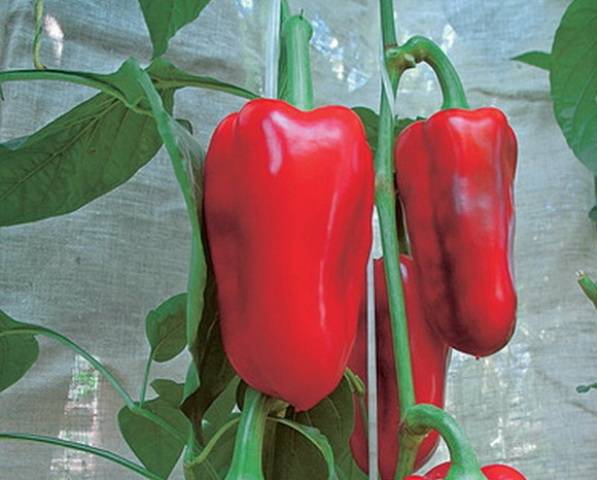
Antiquarian - Arap is a universal hybrid with purple fruits.
- Asti - ultra-early cuboid peppers of red and yellow colors.
- Annushka - high-yielding red-orange pepper.
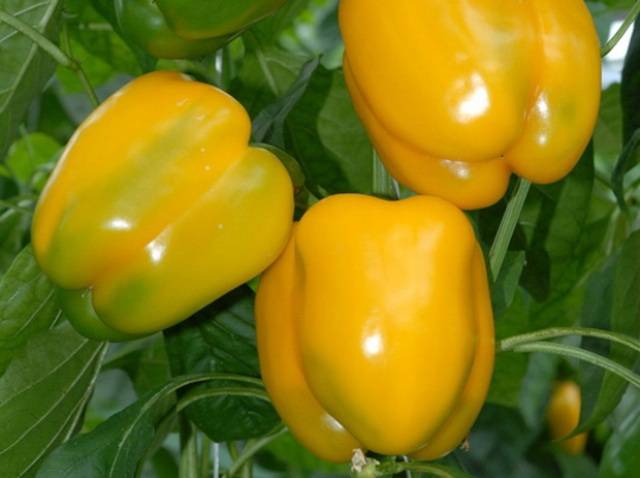
Annushka
For Moscow region
The climate of the Moscow Region is characterized by clearly defined seasonal changes: warm summers and moderately cold winters. The warmest month of this region is July, therefore, early and mid-season varieties of bell pepper are grown mainly in the Moscow Region. Such varieties of pepper are well suited for the Moscow Region:
- Gold medal is a high-yielding variety with elongated red peppers.
- Belozerka is a high-yielding and incredibly resistant to adverse external factors variety with light lemon fleshy conical peppers.
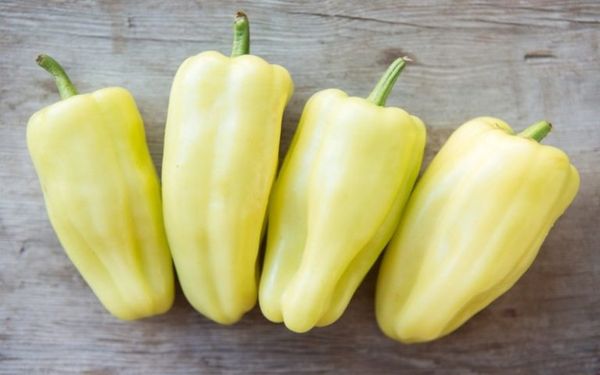
Belozerka - Winnie the Pooh - low bushes with small bright red peppers of ultra-early ripeness.
For Siberia
The climatic features of Siberia allow growing only open-ripening varieties in open areas. The following varieties of sweet pepper are suitable for the Siberian mountain climate:
- Goldfinch - cylindrical dark yellow fruits with thick walls.

Dandy - Tolstosum - strong bushes with large sweet fruits.
- Golden Taurus - cuboid orange vegetables with a pulp thickness of up to 2 cm.
- Sweet chocolate - small dark brown cubical peppers with red flesh.
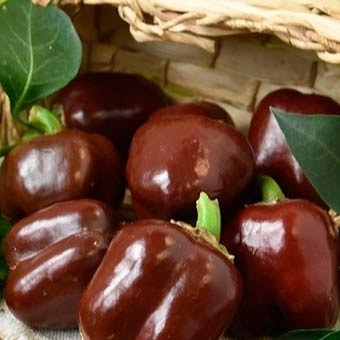
Sweet chocolate
Features of growing bell pepper in open ground
Pepper cannot be grown from seeds in open ground, this requires seedlings that you can buy or grow on your own.
Seedling Care
Seedlings are usually grown on window sills or in heated greenhouses. To get good and strong seedlings, the grower should adhere to such recommendations:
- Sowing of seeds is carried out in late February - early March.At the time of transplanting seedlings into the garden, plants should be 90 to 100 days old.
- Peppers are very sensitive to the transplant procedure, so in the case of this plant, it is advisable to use peat cups.
- Good soil for seedlings should be light and nutritious at the same time.
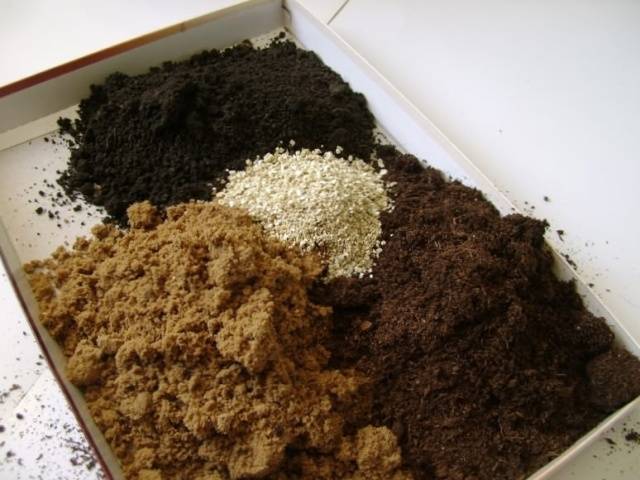
Experienced gardeners often dilute the soil with sand or ash. - The optimum daily temperature for the content of pepper seedlings is + 25 ° C.
- Sprouts are watered often, but in moderation. For irrigation and spraying use only warm, settled water without chlorine.
- In cloudy weather, additional lighting is provided to the plants.
- Before planting in open soil, seedlings are taken out to fresh air. At the same time, the air temperature should not be lower than + 13 ° С.
Outdoor planting and care
Peppers are planted in beds in May. In addition to frequent, but moderate watering, peppers care in open areas requires such mandatory procedures:
- Loosening. After each watering, the soil around the bushes should be fluffed. Loosening provides the pepper root system with good access to air and moisture. It is necessary to fluff up the earth very carefully, since the roots of the plant are very close to the surface of the soil.
- Feeding. Bushes need fertilizer. Experts recommend alternating mineral complexes with organics. The best organic fertilizer for the plant is wood ash.
- The formation of the bush. Correct and timely pruning at times increases productivity
Some varieties require garter. This mainly applies to plants whose height exceeds 75 cm and too sprawling bushes.
Reviews gardeners and summer residents on the choice of varieties of sweet pepper
Gardeners leave feedback about their personal experience in growing certain varieties of this culture:
Zyf76: “Last summer, Nochka and Big Dad planted varieties. The first was satisfied: juicy black glossy fruits, however, the walls are a bit thin. Big dad disappointed. The promised huge fruits in practice turned out to be small and inconspicuous. I won’t sow this variety anymore. I plan to drop off Nochka and the long-proven Big Mom again. ”
Gost385147: “Summer turned out to be unfavorable for gardening: all June nights were accompanied by frosts, and then the period of heavy rains began. That summer, she planted the Mammoth variety. Despite the weather conditions, 3-4 large peppers with thick and juicy pulp grew on 3 bushes. I think if it weren’t for the weather, I would have gathered a good harvest. ”
katEnka2523: “I want to praise the California miracle, especially yellow, and Orange is a classic. The first is ripening early and very fruitful. Peppers are big and tasty. Orange classic is ideal for stuffing: medium-sized cone-shaped peppers. The fruits hung until the frost. But the Lilac Mist disappointed me. ”
Mouse: “In my garden, I accidentally planted a bush of the California miracle. I have never grown it before, so I was pleasantly surprised by the results. In terms of productivity and taste, not a single pepper planted by me was inferior to him. And about the size of the fruit and say nothing. I will definitely grow.
Lyubasha1976: “Last year, the Red Bull planted pepper. Very good grade. Germination is 100%, and the crop did not know where to adapt. I plan to land it further. ”
When choosing a cultivar for cultivation in open areas, you should take into account the climatic characteristics of your area and the desired harvest time. You also need to pay attention to the shape and wall thickness of the fruit, since each variety has its own purpose.




 Calorie pepper stuffed with meat and rice - BZHU per 100 grams
Calorie pepper stuffed with meat and rice - BZHU per 100 grams Gorky pepper - the best varieties for open ground
Gorky pepper - the best varieties for open ground Hot pepper seeds - the best varieties for open ground and reviews
Hot pepper seeds - the best varieties for open ground and reviews Capsicum tincture for hair - how to use and reviews
Capsicum tincture for hair - how to use and reviews